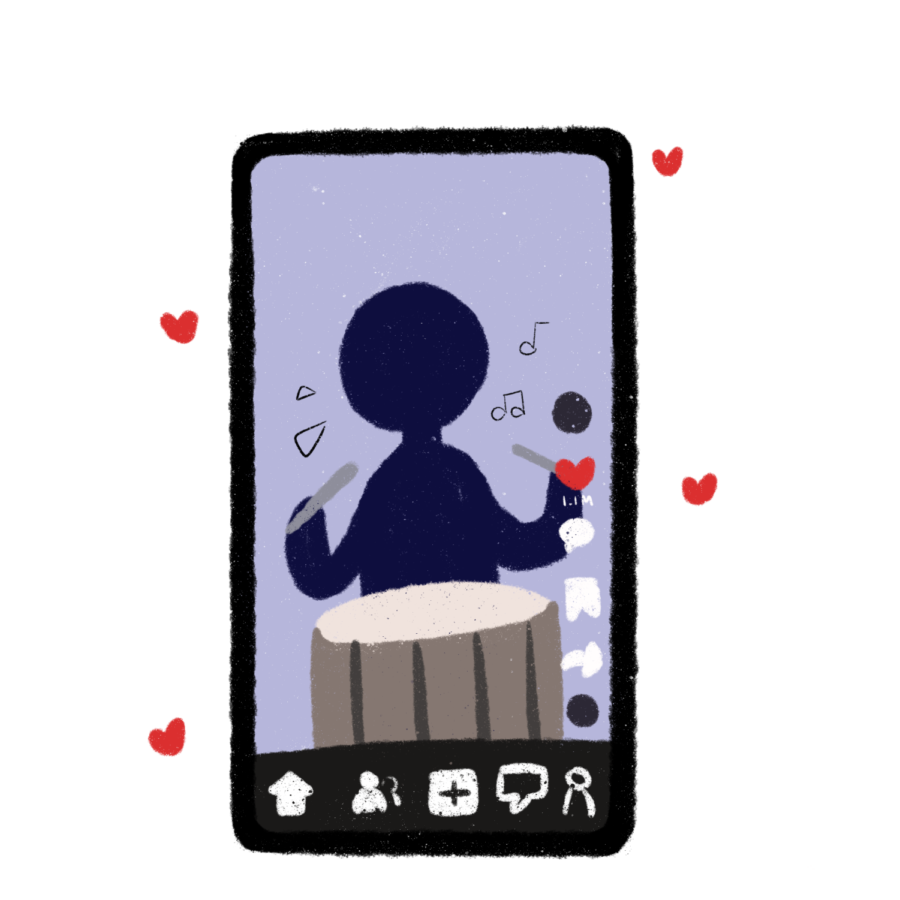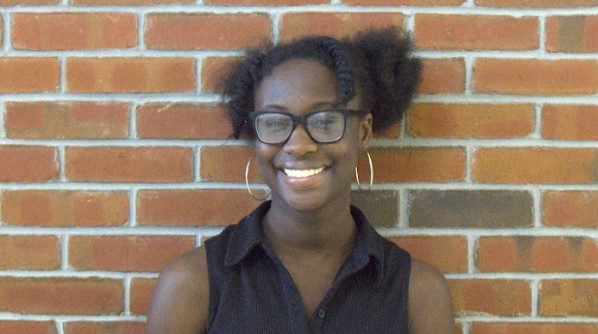TikTok takes over the music industry
TikTok and many other social media platforms are often at fault of releasing millions of user information to third party companies and foreign governments.
May 11, 2023
Released in China in September 2016 and released internationally in September 2017, TikTok is a social media app centered around short videos. The videos usually feature an audio – often music– that can be shared and used by other content creators.
The app is a hit among many types of people, particularly teenagers. According to businessofapps.com, TikTok has been the most downloaded app in America and the world since 2019. This widespread popularity has allowed the app to affect many aspects of popular culture—especially music.
A key player in the app’s musical influence is the length of the videos. Most of them last from approximately 15 to 30 seconds. This means that if a song is being used for the video, only a snippet of it is played.
Some artists have started to create music with this in mind, focusing on creating a small part of the song that will go viral on TikTok. This can either be for pure catchiness or sparking a trend that matches the lyrics. This practice can often take away from the listening experience, as listeners can often tell when this is an artist’s goal.
The focus on trends has also affected artistic diversity. Upcoming artists who are looking for a big break will fill their songs with buzzwords and popular phrases among current teenagers.
This can also apply to style, with artists taking inspiration from newer artists popular both on Tiktok and teenagers in general. This has been particularly common in the pop punk genre, with many TikTok-based musical creators taking inspiration from successful artists such as Oliva Rodrigo.
These aspects have caused a wave of songs that sound extremely similar to each other. Commonly cited examples include “Mad at Disney” by Salem Ilese, “ABCDEFU,” by Gayle, “I’d Rather Die” by the Tramp Stamps, and “Losers” by Aryla.
These practices often result in dated songs that are quickly forgotten.
Another consequence of this type of emphasis is the neglect of the rest of the song. Since these parts are not being advertised, they are seen as less important by artists and not treated with the same care. This often results in underwhelming songs.
Artists also take advantage of TikTok to promote their upcoming songs. They release a part of it on tiktok to get people excited. When that part goes viral, artists will try to milk it for all it is worth before releasing the full song.
This can backfire, however, as the repetition due to so many people using the song can cause it to become overplayed. People become tired of the song before it even officially releases. This makes it hard for listeners to enjoy the full song, and even results in people refusing to listen to it.
Tiktok has additionally changed the length of songs as a whole. Statistics from socialmediapsychology.eu state that app’s short video format has shortened users’ attention spans. This has resulted in half of all users having trouble with lengthier videos.
According to Billboard.com, in the year 2000, the average length of the top 100 songs was around four minutes and 10 seconds. From 2015-2017, around the time TikTok was introduced, songs were around three minutes and 32 seconds to three minutes and 43 seconds. In 2021, the average length was three minutes and 7 seconds.
The shortening of attention spans has made it increasingly difficult for people to listen to longer songs. Artists have additionally noticed this, and made their songs shorter.
The rise of TikTok has made the music sharing process quicker and easier than ever. The constant flow of trends has given artists more opportunities to gain attention than any other app has, effectively changing the way people listen to songs and the creative dynamics surrounding them



